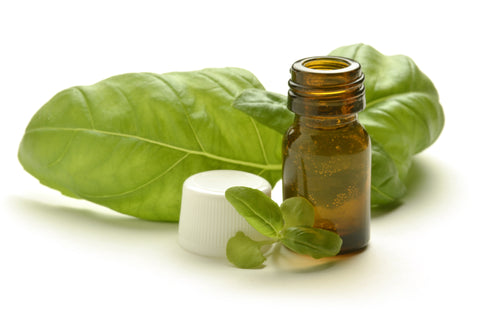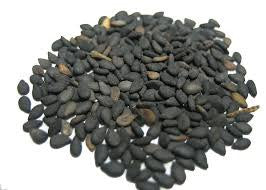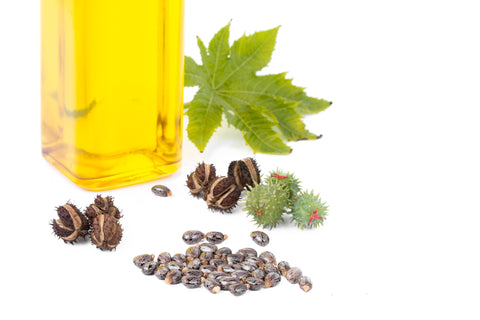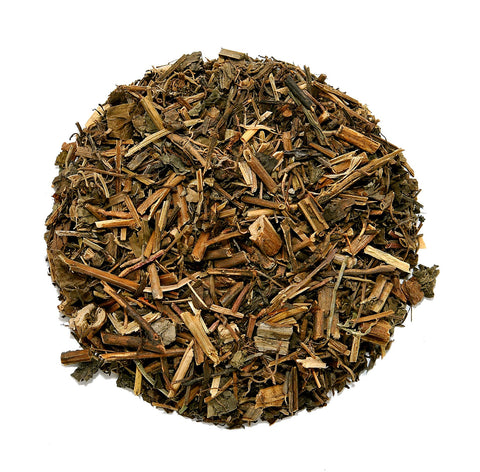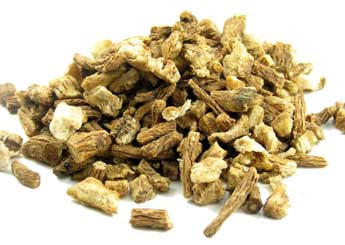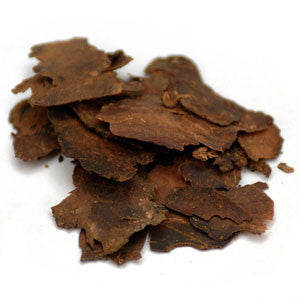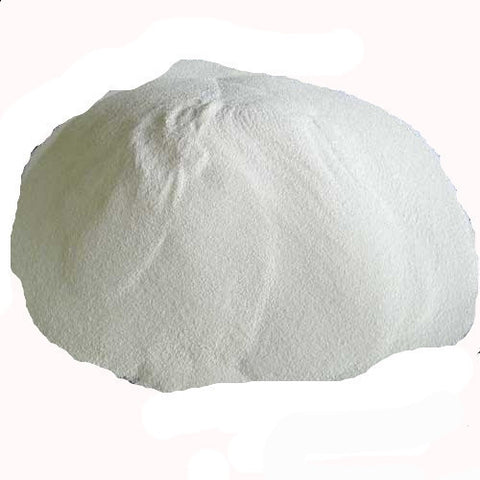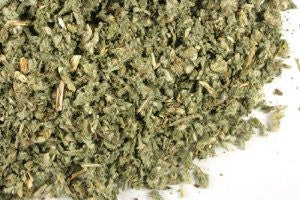Products
-
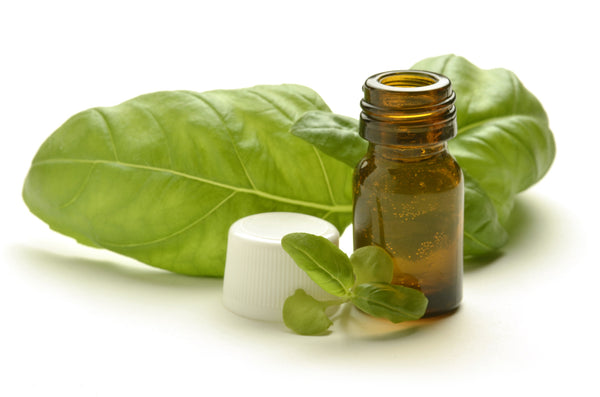
Blue Nile Botanicals
Basil Essential Oil
$ 13.00
The health benefits of basil essential oil include its ability to treat nausea, motion sickness, indigestion, constipation, respiratory problems, and diabetes. Basil oil is also a good source of Vitamin A, magnesium, potassium, iron, and calcium.Visit product page → -
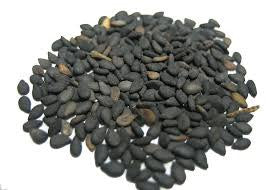
Blue Nile Botanicals
Black Seed/Organic
$ 6.00

 Visit product page →
Visit product page →
Botanical Name:Nigella sativa
Common Name:Black Cumin Seed, Black Seed, Nigelia, Fennel Flower, Roman CorianderWhat's It Used For?
Today, black seed is used for treating digestive tract conditions including gas, colic, diarrhea, dysentery,constipation and hemorrhoids. It is also used for respiratory conditions including, asthma, allergies, cough,bronchitis, emphysema,flu, swine flu, and congestion. -
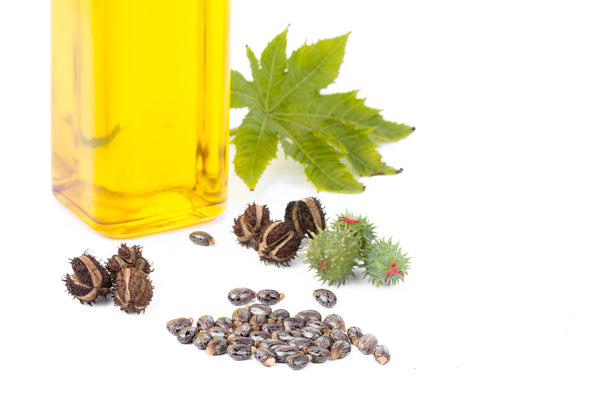
Blue Nile Botanicals
Castor Oil/Organic
$ 5.00
Visit product page →
Common Name: Castor
Botanical Name: Ricinus communis
Aroma: Sweet, Fatty and Nutty.
Viscosity: Thick.
Absorption/Feel: Leaves a fatty, almost tacky feel on the skin and hair.
Color: Light Pale/Yellow
What Is It Used For?
Castor oil can be used from anything from industrial to cosmetic, it is inexpensive making it desirable for a variety of uses. Traditionally, castor oil has been used extensively in industrial applications as a lubricant and release agent. Aside for its industrial applications, Castor oil is also used commonly as a laxative. Furthermore rich emollient properties make pure castor oil great for use in skincare applications where it can effectively deeply penetrate the skin to help retain moisture. Another benefit is its ability to act as a binding agent in certain cosmetic formulations. It is commonly found in soaps, balms, hair products, lotions and more.
Proponents claim that castor oil offers a number of health benefits, including treatment of the following conditions: acne, arthritis, athlete's foot, cerebral palsy, constipation, hair loss, menstrual cramp, migraine, multiple sclerosis, Parkinson's disease, ringworm, sunburn, yeast infections -
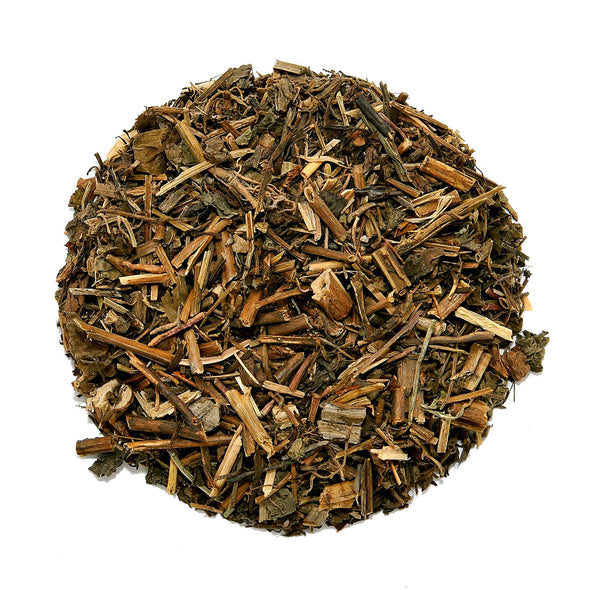
Blue Nile Botanicals
Chickweed Lvs/Organic
$ 6.00

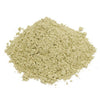 Botanical Name: Stellaria mediaVisit product page →
Botanical Name: Stellaria mediaVisit product page →
Common Name: ChickweedWhat's It Used For?
People take chickweed for blood purification. -
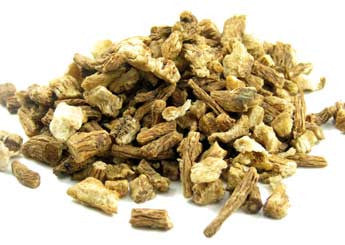
Blue Nile Botanicals
Dong Quai Root C/S & Pwd.
$ 6.00

 Botanical Name: Angelica sinensisVisit product page →
Botanical Name: Angelica sinensisVisit product page →
Common Name:Dong QuaiWhat's It Use For?
Dong Quai is used for menstrual cramps, premenstrual syndrome (PMS), and menopausal symptoms. It is also used orally as a “blood purifier”; to manage hypertension, infertility, joint pain, ulcers, “tired blood” (anemia), and constipation; and in the prevention and treatment of allergic attacks. Dong quai is also used orally for the treatment of loss of skin color (depigmentation) and psoriasis.
-
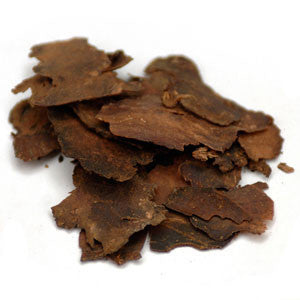
Blue Nile Botanicals
Fo-Ti Root Pwd.
$ 6.00
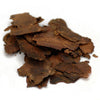
 Botanical Name: Polygonum multiflorumVisit product page →
Botanical Name: Polygonum multiflorumVisit product page →
Common Name: Ho-Shou-WuWhat's It Good For?
Fo-ti is used for treating tuberculosis that has spread to the lymph nodes, cancer, inflammation of the prostate (prostatitis), and constipation. It is also used as a liver and kidney “tonic”; as a blood and “vital essence” toner; and to fortify muscles, tendons, and bones. Fo-ti is also used for high cholesterol and other elevated blood fats, trouble sleeping (insomnia), limb numbness, lower back and knee soreness or weakness, premature graying, hair loss, and dizziness with ringing in the ears (tinnitus). -
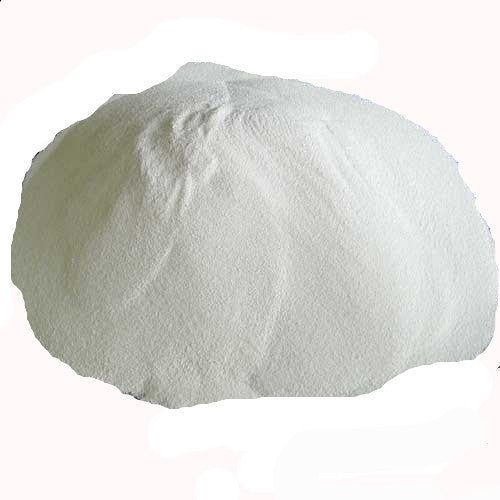
Blue Nile Botanicals
Glucomannan Pwd
$ 6.00
Botanical Name: Amorphophallus konjacVisit product page →
Common Name: GlucomannanWhat's It Good For?
Glucomannan is used for constipation, weight loss in adults and children, type 2 diabetes, blood sugar control, and lowering cholesterol. -
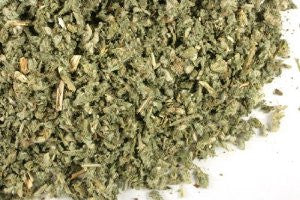
Blue Nile Botanicals
Horehound Herb c/s Organic
$ 6.00
Visit product page →
Botanical Name: Marrubium vulgare
Common Name: Horehound HerbWhat's It Used For?
Horehound is used for digestion problems including loss of appetite, indigestion, bloating, gas, diarrhea, constipation, and liver and gallbladder complaints. It is also used for lung and breathing problems including cough, whooping cough, asthma, tuberculosis, bronchitis, and swollen breathing passages.

